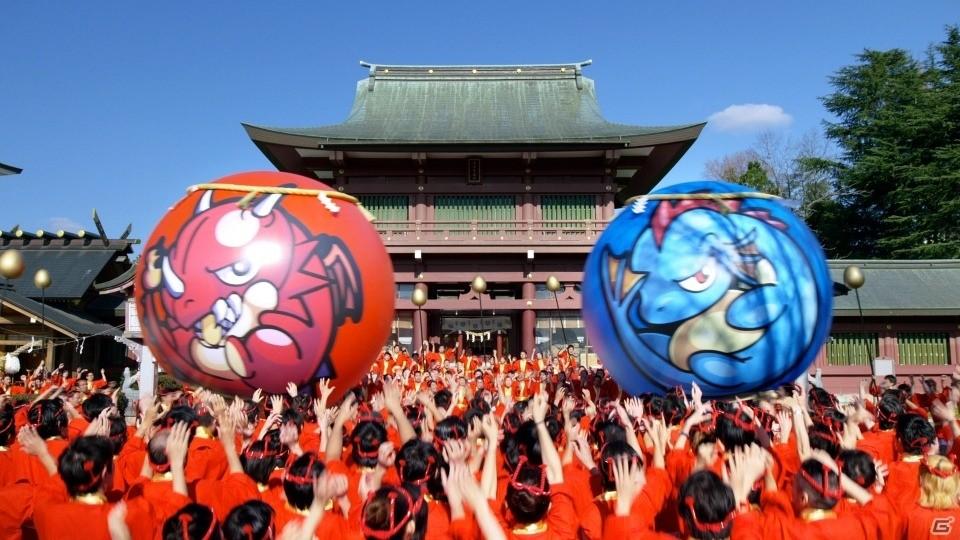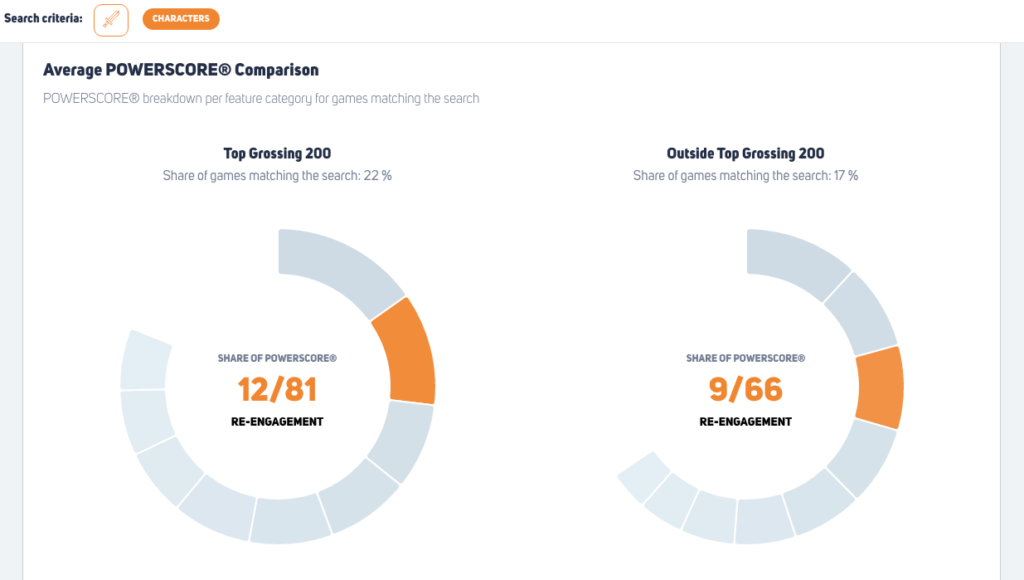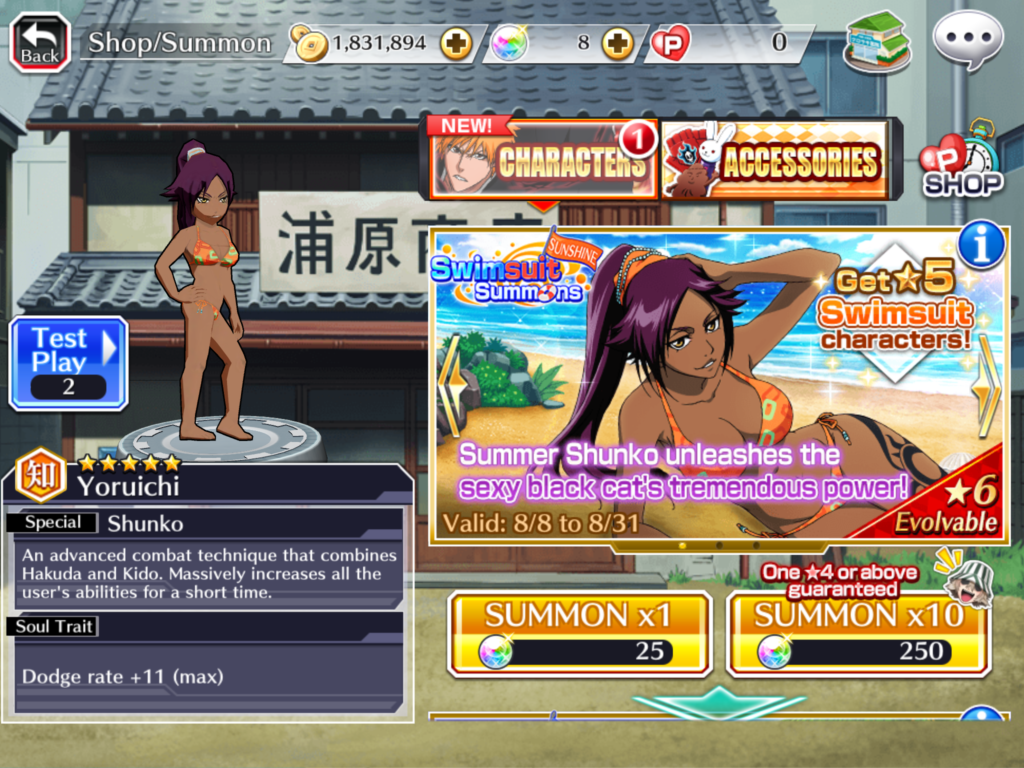One of the things I love about Japan is that a wonderful amount things are celebrated and beautiful traditions are cherished even today. Whereas in Europe and the U.S. the big holidays mostly revolve around to the Christian or nationalistic traditions, Japan seems to commemorate something every month or even several times a month. And what’s more, a lot of the Western celebrations are integrated to the calendar too. Some of them resemble their Western counterparts, but others might be very different. The four seasons are considered as well in food, clothing, hobbies art and – of course – games in the form of various live events.
What does all this celebrating have to do with serious mobile game development, you wonder? Well, I’m glad you asked. Here at GameRefinery we have found a clear correlation between a clever use of live events and a F2P game’s revenue. During these live events game companies can offer their players amazing IAP package deals, special versions of characters, limited time items and decorations and special event-bound storylines among many other things. – And they keep the players coming back for more.
I’m going to add my Japanese culture expertise to the mix and bring you a list of the most important events, festivals and seasonal traditions in Japan that can be used as live events in many different mobile games to drive retention and revenue within the region. You can use these to help you create a F2P game that has the potential to be successful across the oceans as you tap in on familiarity and cross-cultural sensitivity. Furthermore, you will have an increased knowledge of when and how to promote your game in Japan to maximize ROI. In addition, you might be inspired for fun live events for your players wherever your game is played.
The close-to-perfect list of the most typical live events in Japan
To keep track of all the various live events and to make the following list of items more actionable for you, dear reader, I’ve organized the live events in order or their appearance during the year. Let us start from the end – or rather the beginning of the year, on our journey through a virtual Japanese year.
Events in Q1
Shôgatsu (正月, or what we know as the traditional New Year’s Eve in the West) is a huge event in Japan, and definitely among the biggest things celebrated. Instead of sending Christmas cards, as we do here in Europe, Japanese citizens remember their friends, relatives and business partners with New Year’s cards and greetings. While fireworks are also shot, temples and shrines are filled with people participating in traditional rites, such as incense burning and bell ringing to ward off evil spirits and to get rid of the 108 worldly desires residing in humans.
Furthermore, families gather together much like we do during Christmas. Most establishments are closed until January 3rd so this is also one of the longest national holiday stints – as well as a perfect time for gaming. In fact, a lot of the mobile game companies have huge IAP sales and special gacha offers during the period. In addition it is very traditional to give players unique New Year’s gifts (in-game items or other things) once they log in a game. Since most of the Japanese folks are watching traditional New Year’s TV shows during these days it’s also the perfect time to advertise a game on television.
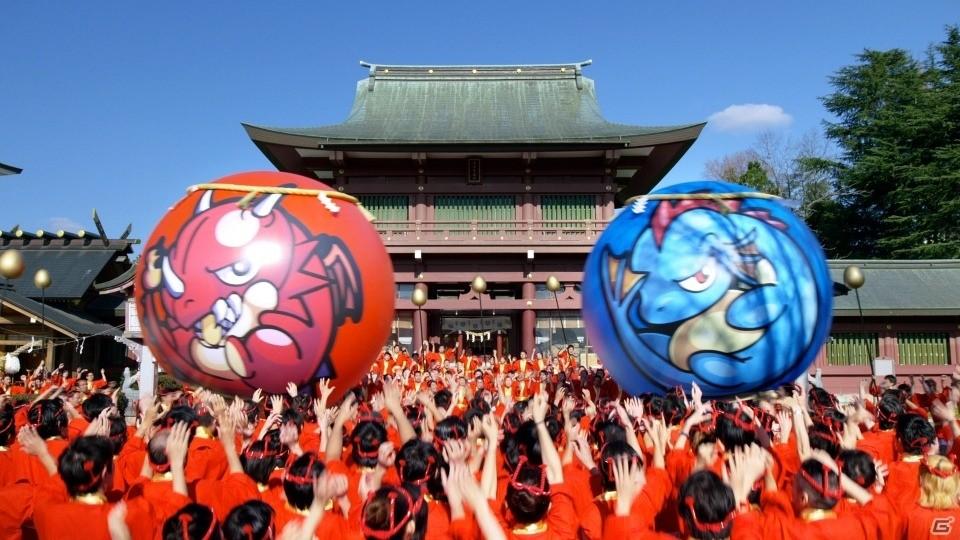
Coming of Age ceremony (成人の日, Seijin no Hi) is held on the second Monday of January. It’s a day to congratulate and encourage those individuals who have turned or will turn 20 years old (the age of majority in Japan) between the Aprils of the previous year and the current year. Streets and homes are filled with ceremonies and festivities for the youth. Many women wear a furisode, a traditional long-sleeved kimono and men wear either a suit, or a traditional dark kimono called hakama. These themes can be seen in a lot live events in mobile games featuring young characters.
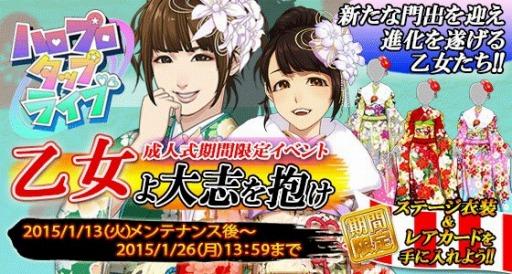
Setsubun (節分) is celebrated on February 3rd-4th to ward off demons and to bring good fortune for the year ahead. People gather in shintô temple grounds to receive blessings from priests throwing dried soy beans. It’s also custom to ward one’s home against the demons by throwing soy beans out of the exits of the house or towards a family member wearing a demon mask, and by shouting 鬼は外! 福は内!, which can be translated as “Demons out! Luck in!”. Mobile games’ live events can contain demons, beans and deities to commemorate the occurrence.

Lunar New Year instead is commonly seen in Chinese and Korean games in the top grossing lists, but does not have as much importance in Japan’s festival calendar after the Japanese government introduced the Gregorian calendar. There is nothing stopping you from adding some moon, dragon and rabbit (because a rabbit obviously inhabits the moon) themed characters and items to *your* game, though. While at it, do not forget to celebrate the year’s designated zodiac sign!
Valentine’s Day is a bit different than its western counterpart. While it’s celebrated on the same day (February 14th), it’s customary for the girls and women to make or buy chocolate for the boys and men they are romantically interested in or who they are obliged to give presents to because they are grateful (the so-called giri, or obligation chocolate). On this day games are filled with live events featuring female characters showering the player with affection and chocolate. – And games focused on romantic relationships with virtual guys may offer the female audiences chances to take the lead and show their boys some loving.
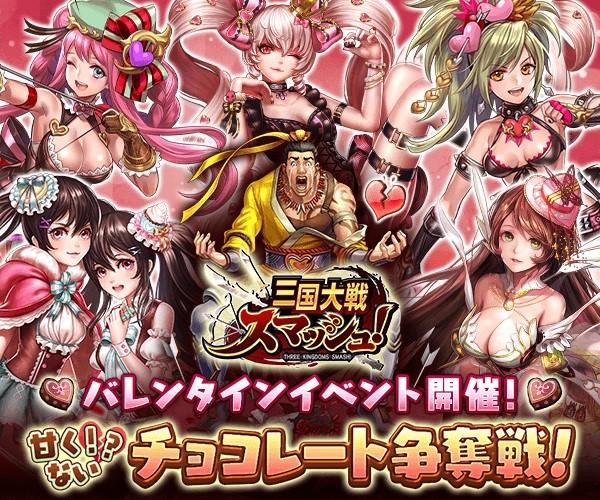
Neko no Hi (猫の日, Cat’s Day) February 2nd : This day is designated to celebrate things cat because of the date’s numerals (ni ni ni) are pronounced almost like the meows cats make in Japan (nyan nyan nyan) – oh yes, it’s puntastic. The internet is filled with videos and pictures of cats as well as Japanese people doing tricks on their cats and dressing up as cats. Restaurants and shops sell cat-shaped food and treats, and this day is a commercial success for shops and businesses selling cat-themed items sometimes released specifically because of this day. During Neko no Hi the popularity of cat-themed games and live events is multiplied, and Apple has used this day and the following weeks to promote games about cats in the app store in Japan.
February 2nd is not just for the fans of cats, however. Because of the pronunciation of two (‘ni’), this day is also a Ninja Day in Japan. So, during this day you might want to add cats or ninjas – or both – to your game!
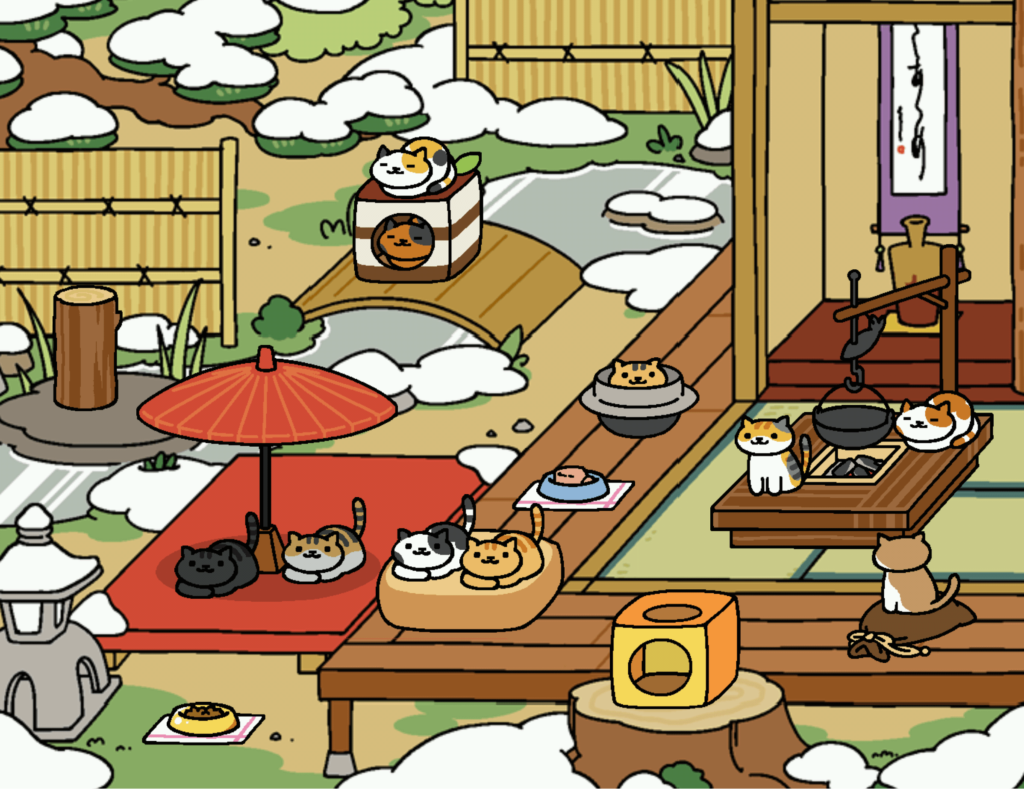
Hina Matsuri (雛祭り, Doll’s Festival) is on March 3rd, and it’s also known as the girls’ day. It’s commemorated by showcasing ornamental dolls representing and dressed as the Heian period’s Emperor, Empress and other people of the court on a platform covered with a red carpet. Straw Hina Matsuri dolls are also sent down a river or in ocean as they are believed to take troubles and bad spirits away with them.
Typical Hina Matsuri-related live events feature characters dressed up in Heian court costumes, blooming plum tree branches – as this is a typical time for plum blossoms -, Heian-style items and colourful UIs resembling hishimochi and hina arare (colourful bite-sized crackers and colored rice cakes).

White Day is held on March 14th, one month after Valentine’s Day. These days are much alike, but on White Day it is the boys’ and men’s turn to return the favour and shower their designated girls and women with gifts. The most popular of those are cookies, jewellery, white chocolate, lingerie and marshmallows. This is the perfect time to increase revenue and retention in games featuring attractive males as straight female gamers log in in anticipation of a gift or a special showing of love from their designated virtual hunks. Straight male gamers can likewise give their virtual girlfriends virtual gifts to increase affection. Special, White Day versions of characters are immensely popular especially among female gamers.
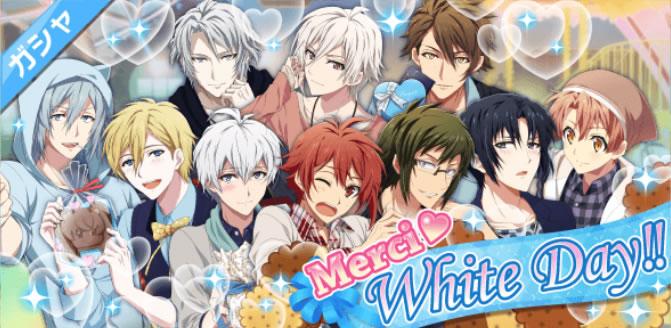
This is it for the most common live events of January, February and March. Did any of these pique your interest? Would any of these be applicable to your game or would you like to have a live event like these in games you play? Furthermore, was anything important missing from this list? Let us know!
Next time I’ll introduce common live events from April to September so you’ll have your dose of Japanese gaming culture tidbits. 🙂 See you then!
***
Japan is a great market for mobile game monetization with a higher ARPU than anywhere else in the world, but 90% of the revenue goes to local companies. This points to a strong preference of familiar and culturally acceptable mechanics and features. However, those foreign companies that do succeed in Japan reap great rewards. In this series of blog posts, I draw on my own background as a Japanese language and culture expert alongside GameRefinery’s data to highlight some of the F2P game features and aspects you need to know as you build your own games, especially if you want them to reach great heights globally.

